
The East of Ukraine had witnessed Russian aggression long before February 2022. So had Marta, who had been photographing soldiers' wounds and injuries as they were before the Russian full-scale invasion.
"In 2018, I photographed Ukrainian servicemen for the first time. At that time, the war was referred to as the Anti-Terrorist Operation (ATO). It was my first experience seeing people without limbs or with lesions and shrapnel wounds."
Now, with the war having become much more extensive, her camera documents even more injured Ukrainian heroes. And, as Marta says, she will never see this world the same way again.
Marta has two projects she is working on as a fine art photographer -- Skulpturnyi (Sculptural) and Neopalymi (Inflammable). With Skulpturnyi, she portrays soldiers who have lost limbs in the war, while with Neopalymi she captures people with scars and burns from the war.
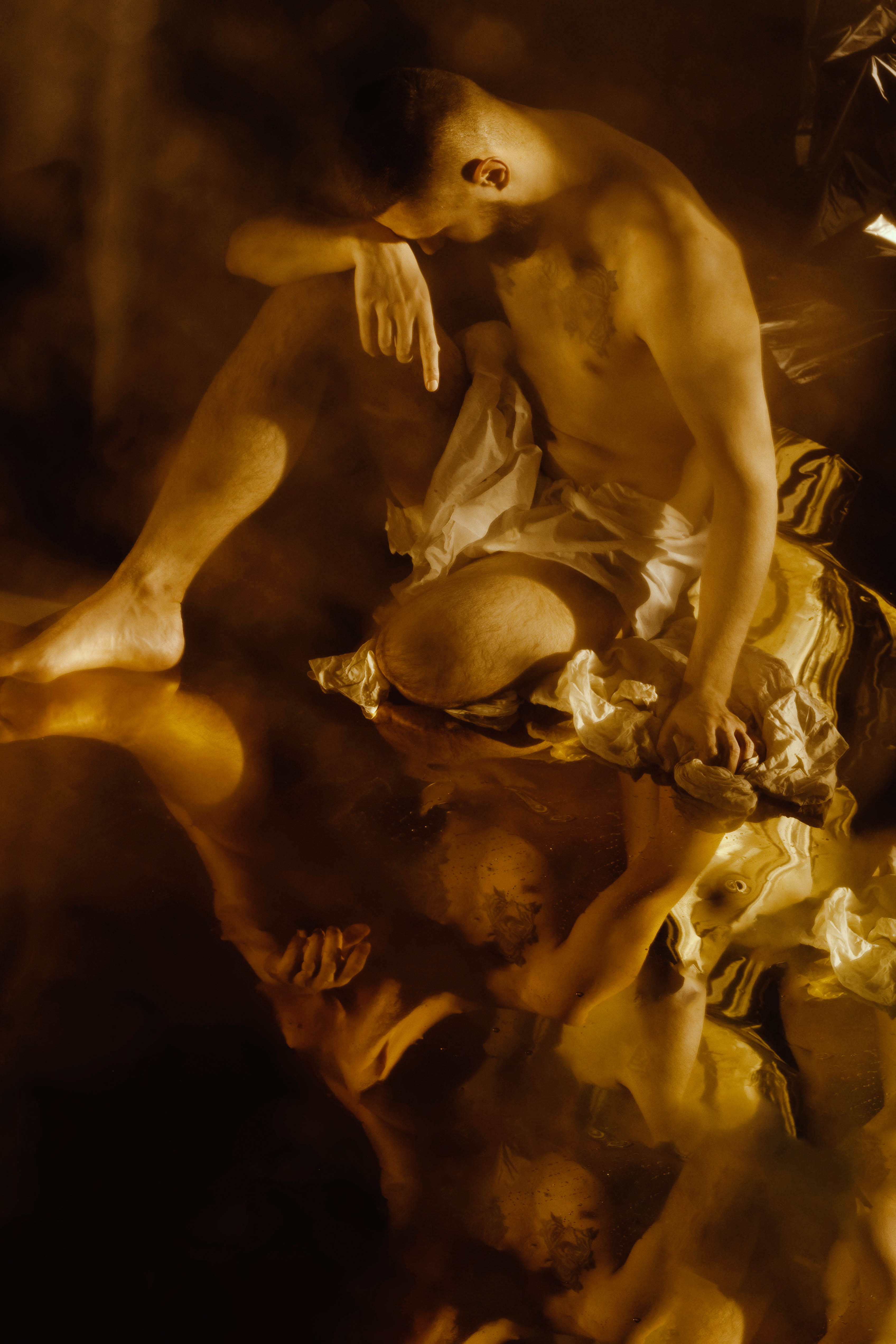
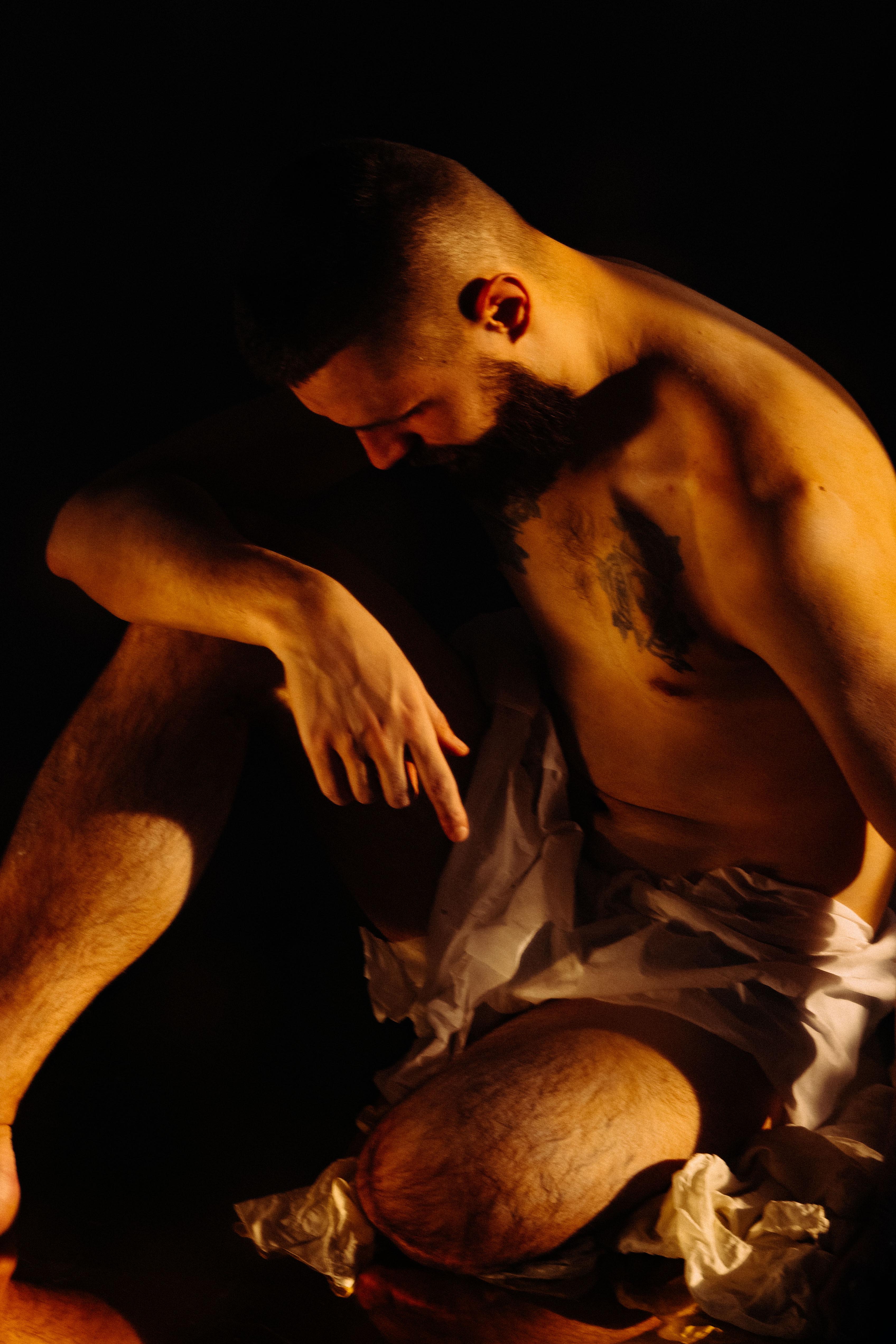



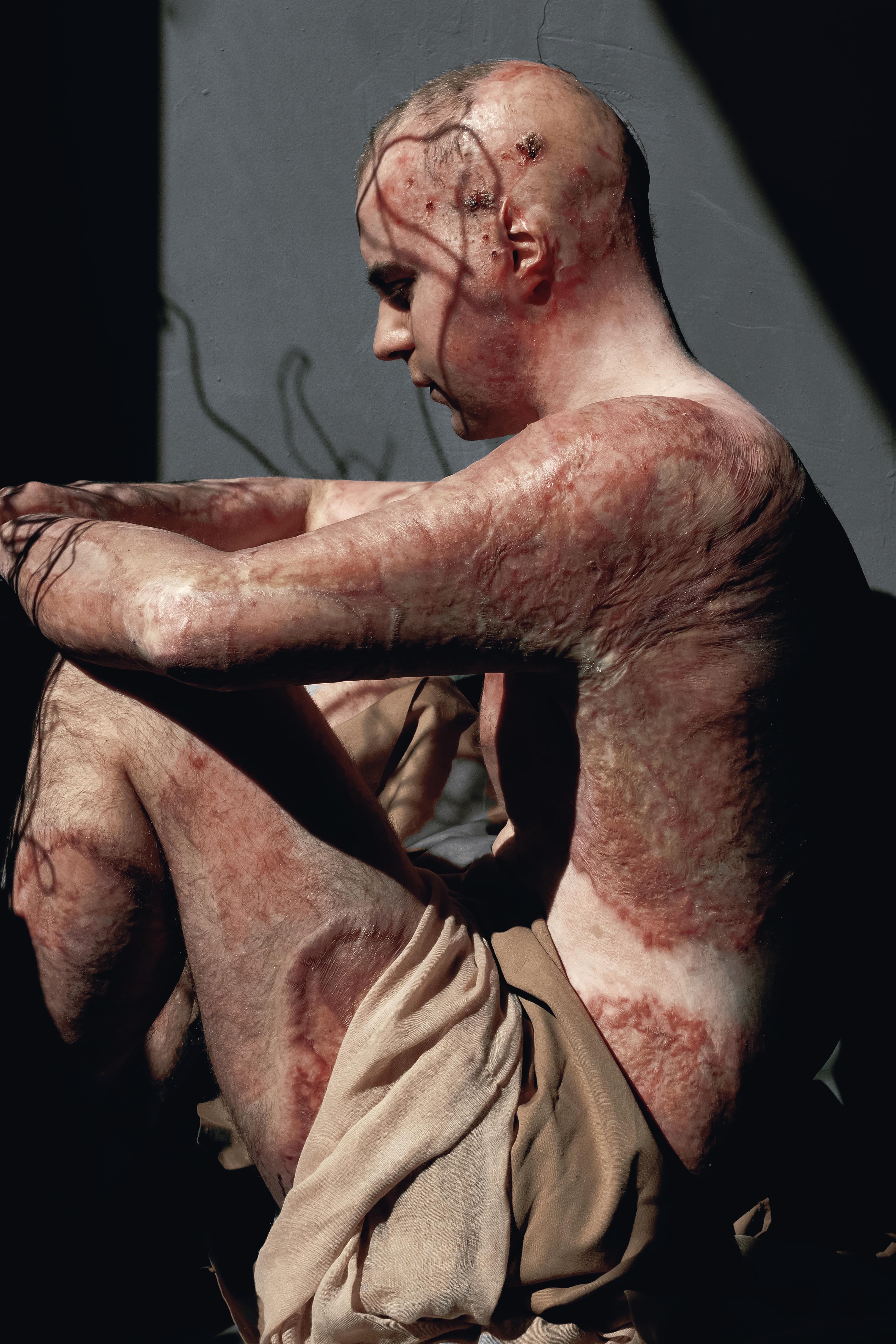

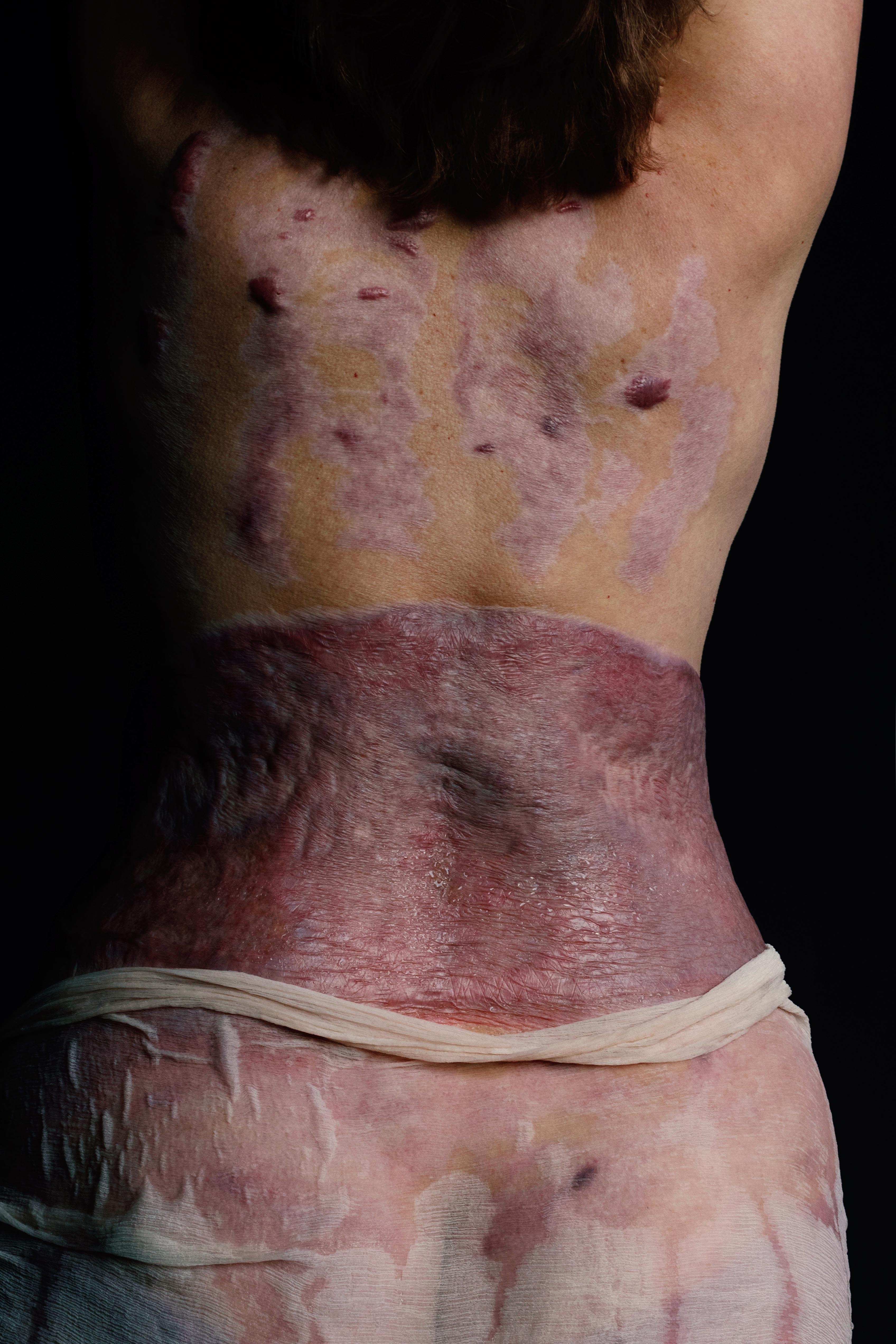
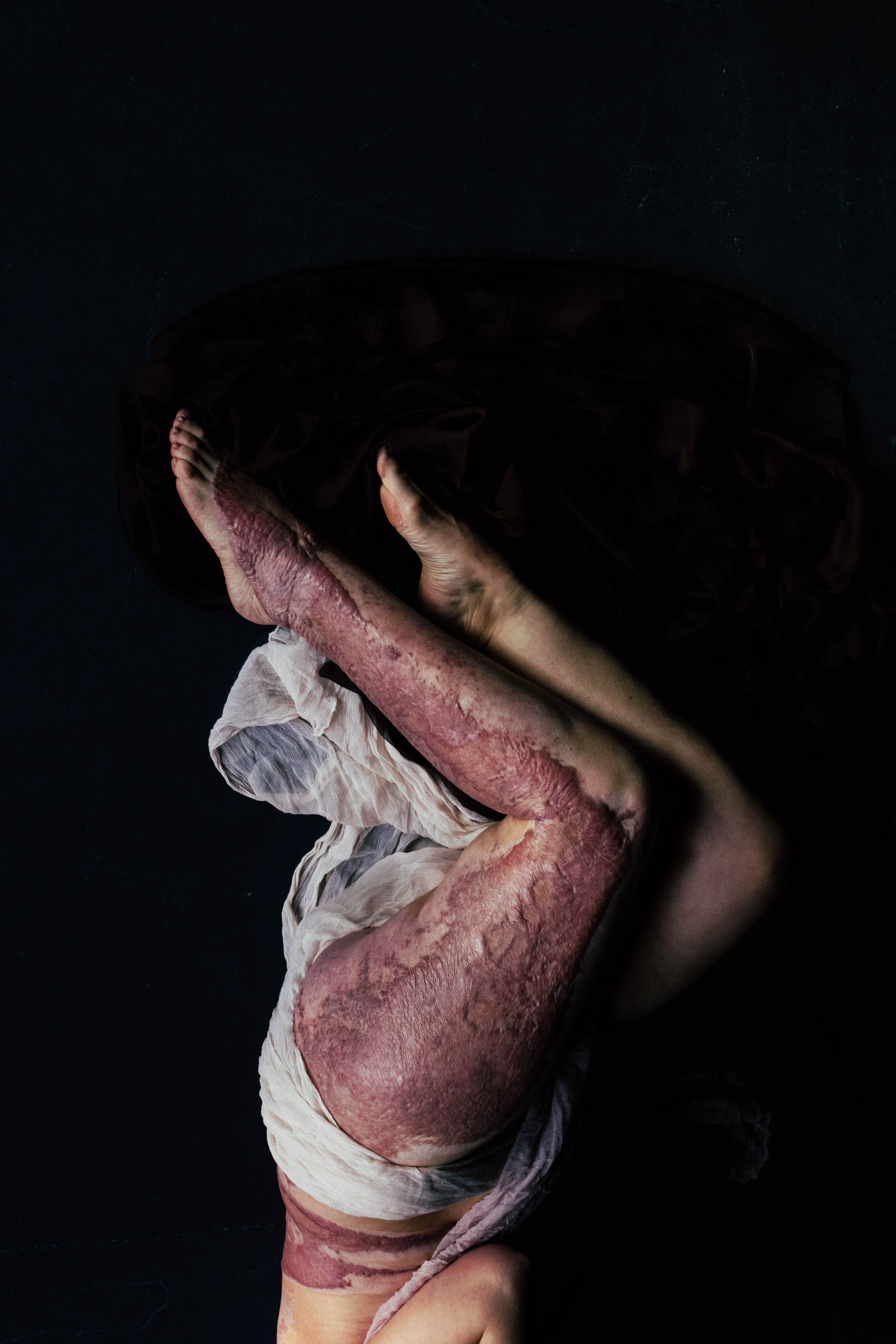
This division shows two ways war can leave people maimed, two routes of wartime reality in the context of possible body trauma.
"I realized I want to somehow identify heroes with timeless sculptures and show their affected limbs and scars in a beautiful visual form. After that, I began shooting more and more of them."
As of now, there are 12 people Marta has photographed. She considers this number substantial, as not many people are open to showing themselves this freely.
Marta's work also involves knowing their stories, revealing their personalities, and creating a safe space for both. During the shooting process, they talk a lot to get comfortable.
"This is a documentary portrait but in the style of the author, of me. It is a dialogue that I conduct with my subjects as I shoot a certain image."
But what she does is not only document those people, it is much more. She takes their trauma and brings it to the surface as something for which there is no need to hide or be ashamed.
I want people to see and to remember how everything has changed, and how many people are affected by the war. They are among us and will be among us, so I want us all to become kinder, better, and more supportive of each other.
As she laid out her studio to fit her heroes' needs, Marta noticed how casual things which able-bodied people may never pay attention to can complicate the lives of the wounded.
"You need to consider whether they can move around the studio comfortably or if it would be better to find another room. Some of the heroes didn't have prostheses during their photo shoots and were using wheelchairs, so they needed an elevator."
To implement the changes necessitated by the war, to accept Ukraine's wounded people as they are, and to help them adapt, one must first take notice of them. Here, Marta's photography serves as a good starting point.
